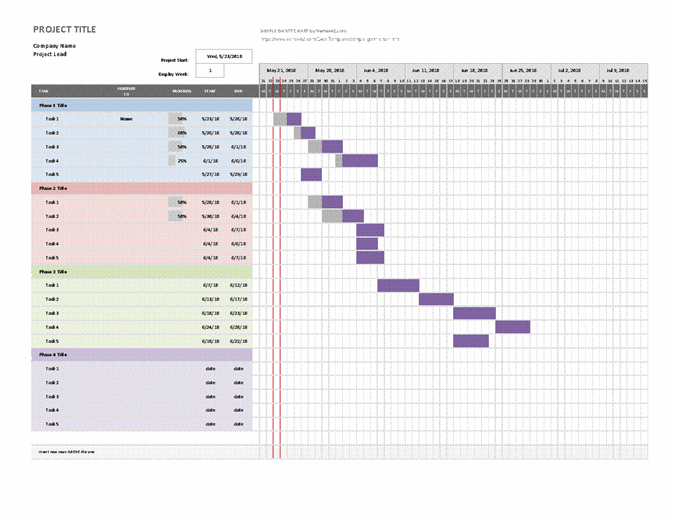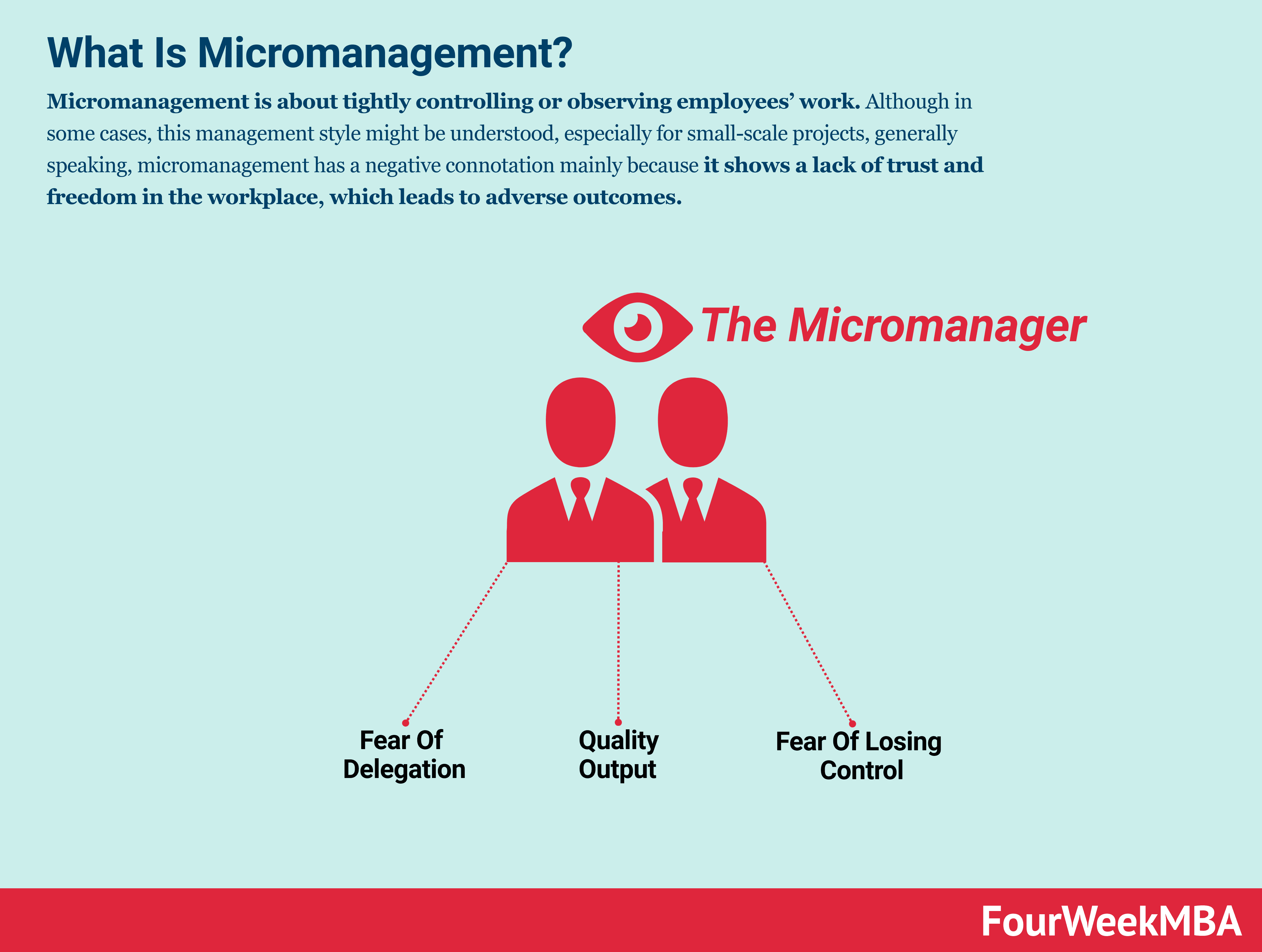
Definition of the role for middle management
Middle management is responsible for connecting top-level managers with employees at lower levels. They translate the strategy developed by the executive team into achievable department goals. They collect data and provide results to their executive team. They are responsible for overseeing subordinates' work and making decisions about the allocation of resources.
In the federal government, middle managers have similar or greater supervisory roles than front-line supervisors. Their duties include establishing policies and guidelines that govern the work of lower-level employees.
The challenges faced by middle managers
Many middle managers are faced with conflicting roles which can cause frustration. Managers have to manage subordinates and report to the higher-ups. However, they also have to enforce policies that aren’t theirs. Direct reports might object to these policies. Technology can help middle managers deal with this dilemma. PwC, for instance, can identify digital training opportunities and direct managers to more that 300 courses.

Middle managers should ensure that they have a good understanding of all involved parties and that they develop respect among them. Because of the demands of many stakeholders, this can be challenging. As a result, they need to prioritize their tasks and ensure that all needs are met.
Tools to help middle managers collaborate
They play an essential role in organizations. They have the responsibility of keeping track and moving information among teams and acting as a liaison between senior leaders and junior employees. Remote work environments can make communication more challenging. There are many tools that can help middle managers work more efficiently.
Middle managers often have to handle a lot of meetings, which consumes up to 35% of their time. As a result, they have little time to do other work. Due to the video communication, their cognitive load is high. This can lead to burnout.
Communication skills
The success of middle managers depends on their communication skills. These professionals work in a demanding job. They must collaborate closely with both the frontline staff and the senior management. Additionally, they have to deal with constant miscommunications and misunderstandings. Developing communication skills can help them build trust with colleagues and improve their influence, engagement, and performance.

Communication skills in middle management can be crucial in any industry. Middle managers have direct contact with their employees, which is not the case for senior administrators. They must communicate clearly and effectively both verbally as well as in writing. For middle managers to avoid miscommunications and to avoid making mistakes, it is crucial to be able write clearly and effectively.
FAQ
What are the 5 management processes?
Planning, execution, monitoring and review are the five stages of any business.
Planning means setting goals for the long-term. It includes defining what you want to achieve and how you plan to do it.
Execution takes place when you actually implement the plans. It is important to ensure that everyone follows the plans.
Monitoring allows you to monitor your progress towards achieving your goals. Regular reviews of performance against targets, budgets, and other goals should be part.
At the end of every year, reviews take place. They allow for an assessment of whether all went well throughout the year. If not, then it may be possible to make adjustments in order to improve performance next time.
Following the annual review, evaluation is done. It helps you identify the successes and failures. It also provides feedback regarding how people performed.
What are the main four functions of management
Management is responsible for planning, organizing, directing, and controlling people and resources. It also includes developing policies and procedures and setting goals.
Organizations can achieve their goals through management. This includes leadership, coordination, control and motivation.
The following are the four core functions of management
Planning - Planning refers to deciding what is needed.
Organizing - Organizing involves deciding how things should be done.
Direction - This is the art of getting people to follow your instructions.
Controlling – Controlling is the process of ensuring that tasks are completed according to plan.
What is Kaizen?
Kaizen is a Japanese term which means "continuous improvement." This philosophy encourages employees to continually look for ways to improve the work environment.
Kaizen is a belief that everyone should have the ability to do their job well.
Statistics
- UpCounsel accepts only the top 5 percent of lawyers on its site. (upcounsel.com)
- As of 2020, personal bankers or tellers make an average of $32,620 per year, according to the BLS. (wgu.edu)
- This field is expected to grow about 7% by 2028, a bit faster than the national average for job growth. (wgu.edu)
- Our program is 100% engineered for your success. (online.uc.edu)
- The BLS says that financial services jobs like banking are expected to grow 4% by 2030, about as fast as the national average. (wgu.edu)
External Links
How To
How do you apply the Kaizen method to your life?
Kaizen means continuous improvement. Kaizen is a Japanese concept that encourages constant improvement by small incremental changes. It's a process where people work together to improve their processes continuously.
Kaizen, a Lean Manufacturing method, is one of its most powerful. In this concept, employees who are responsible for the production line must identify problems that exist during the manufacturing process and try to solve them before they become big issues. This improves the quality of products, while reducing the cost.
Kaizen is an approach to making every worker aware and alert to what is happening around them. To prevent problems from happening, any problem should be addressed immediately. If someone is aware of a problem at work, he/she should inform his/her manager immediately.
Kaizen is based on a few principles. We always start from the end product and move toward the beginning. If we want to improve our factory for example, we start by fixing the machines that make the final product. Next, we repair the machines that make components. Then, the machines that make raw materials. Finally, we repair the workers who are directly involved with these machines.
This method, called 'kaizen', focuses on improving each and every step of the process. When we are done fixing the whole factory, we go back to the beginning and continue until we reach perfection.
Before you can implement kaizen into your business, it is necessary to learn how to measure its effectiveness. There are many ways you can determine if kaizen has been implemented well. Another way to determine if kaizen is working well is to look at the quality of the products. Another way is to see how much productivity has increased since implementing kaizen.
To determine if kaizen is effective, you should ask yourself why you chose to implement kaizen. You were trying to save money or obey the law? You really believed it would make you successful?
Let's say you answered yes or all of these questions. Congratulations! You are now ready to begin kaizen.